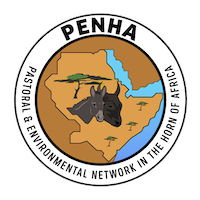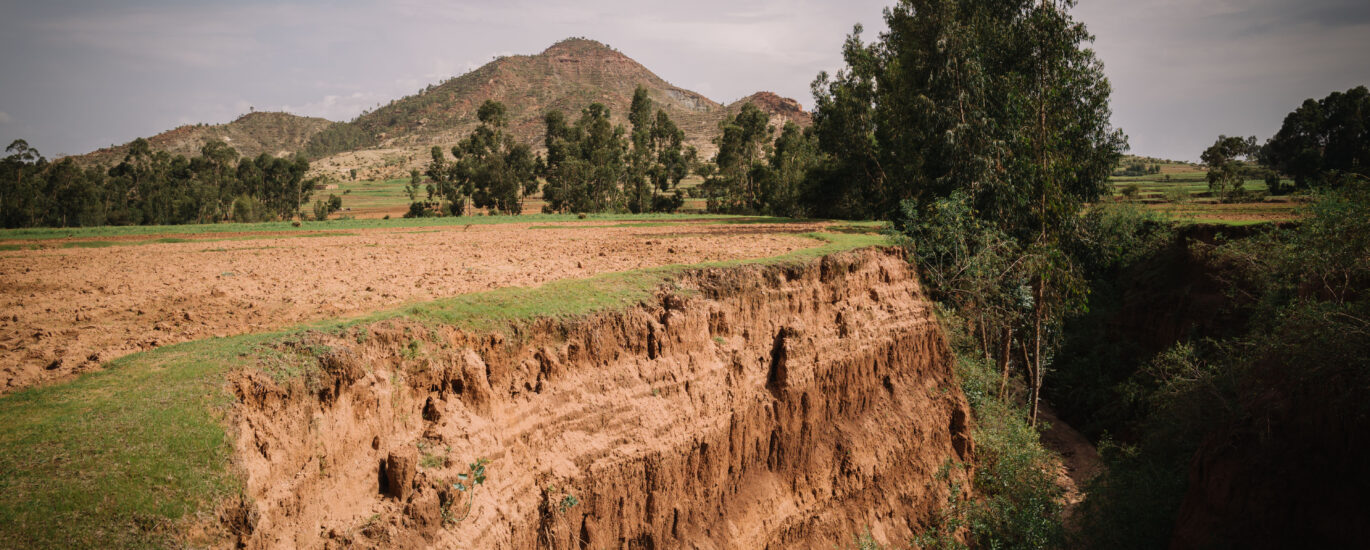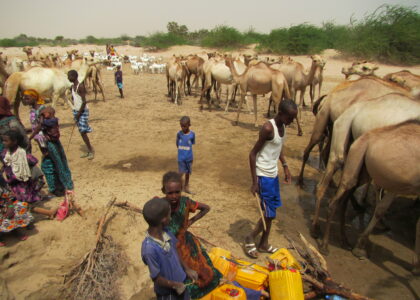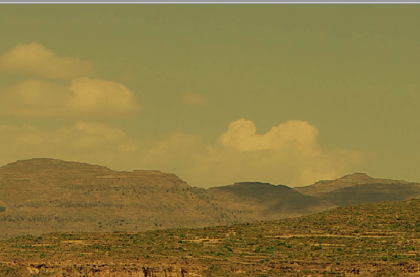By Bereket Tsegay*
The article focuses on Ethiopia’s climate change challenges and the underlining adaptation measures. It targets both the general public as well as practitioners who are engaged in environmental rehabilitations and poverty alleviation interventions. Ethiopia is known to have severe droughts and even famine occurrences. It is now on forefront in taking a bold decision in making the Green Economy as its development path with the purpose of creating middle income country by 2025. This makes Ethiopia to be a testing ground in applying various reactive and proactive adaptation and mitigation measures which can be a learning spot to other developing countries.
Ethiopia, being one of the drought prone countries of the Horn of Africa is exposed to the negative impacts of the climate change. Ethiopia though it isn’t known for being a high CO2 emitting country, it is expected that its emission rate to increase as the economy jumps from the developing to a middle class country by 2025. The country both has a continuously increasing GDP, by double digits while having over 7 million people with food insecurity. The total population is 91 million and it is expected to rise to 117 million in 2015.
According the research done by the Environmental Protection Authority of Ethiopia (EPA), the main sources of the greenhouse gas (GHG) are livestock and soil constituting 50% of the total. The total GHG emission from this source was about 150 Mt CO2 in 2010. The forestry comes next emitting 37%. Therefore, the two main GHG emitting sources are livestock and soil as well as forestry. The other sectors which emit less are energy supply, transport, industry and buildings contributing about 3% each. More than 85% of the GHG emission comes from both forestry and agriculture. This study led to the national development strategy in 2011. This strategy was named as ‘Ethiopia’s Climate Resilient Green Economy (CRGE)’. This strategy prioritizes agriculture and forestry as point of adaptation as well as mitigation.
Having been exposed to concurrent drought and famine during the last four decades, the country is known for being exposed to the consequences of environmental degradation, irregular rainfall and flooding. As the CRGE evidenced ‘Droughts in 2003, 2009, and 2011 showed once again how vulnerable the population is: Ethiopia’s agricultural system is primarily rainfed, but parts of the country are prone to droughts and flooding’. It has experienced countless localized drought events and seven major droughts, five of which resulted in famines (GFDRR 2011). This implies that the leadership should plan for both sides of the climate change impacts – from absence of adequate rainfall as well as flooding. This can lead to environmental damage and derailing the economic growth.
Ethiopia is becoming hotter and hotter, based on the IPCC document for the Horn of Africa. Specific projections through 2050 are based on the ISP2a emissions scenario and the mean annual temperature is projected to increase by 1.1 to 3.1°C by the 2060s, and 1.5 to 5.1°C by the 2090s. Additionally, the number of hot days is increasing since 1960. This is creating huge impact in the agricultural sector which takes 85% of the employment and livelihoods of the country. Thus, climate change impacts will make people move away on-land activities and push them into non-farm diversification activities. In the Health sector, it is being affected by malaria as mosquitoes are increasing their influence even in higher altitudes. The ecosystem is being affected leading to the extinction of the biodiversity like Oryx which is included into the IUCN Red List of Threatened Species. As to the water resource, flooding is becoming common as the irregularity of rain will continue affecting the communities.
In reducing the consequences of the climate change impacts in both medium term as well as long term basis, the government has identified 150 initiatives and among which 60 prioritised based on their local relevance, feasibility, contribution to reaching the Growth and Transformation Plan (CRGE, 2011: 8). Additionally, the Green economy strategy has considered relevant sectors with significant potential for emission reduction at a reasonable cost. Some of these initiatives which are being supported by several international organisation and global financial institutions have been tested which can help in codifying lessons learnt. Ethiopia is demonstrating both the reactive as well as proactive climate change adaptation measures.
According to the National Adaptation Program of Action (2007), Ethiopia has prioritised the following measures: Promoting drought/crop insurance programs; Strengthening/enhancing drought and flood early warning systems; Improving rangeland resource management practices; Establishing community-based sustainable utilization and management of wetlands; Establishing a capacity building program; Realizing food security; Establishing a community-based Carbon Sequestration Project in the Rift Valley System; Establishing national R&D center for climate change; Strengthening malaria containment programs; Promoting farm and homestead forestry, and agro-forestry practices. The long term proactive measure is mainly depends on Ethiopia’s ability to make Green Growth as its main economic path.
Case Study: Under the Clean Development Mechanism (CDM) of the UNFCCC, Ethiopia has joined global partners in taking adaptive measure in Humbo, a district in Southern Nations Region – Humbo Natural Regeneration Project. This focuses on alleviating poverty through a community based afforestation of degraded land (Klein, J, et al 2013:26). The main pillars were that of attaining the carbon sink levels and also selling CO2. Humbo is becoming environmentally viable.
In conclusion, the adaptation measures which focus on the community and institutional capacity building are most favourable as they can bring sustainable development in long-term.
Reference
Federal Democratic Republic of Ethiopia (2011) The Path to Sustainable Development: Ethiopia’s Climate Resilient Green Economy Strategy, Addis Ababa
Global Green Growth Institute/GGGI (2012) Ethiopia Country Program: Climate Resilience: Phase 2
IUCN SSC Antelope Specialist Group (2011) Oryx leucoryx. In: IUCN 2008. IUCN Red List of Threatened Specie
Klein, J, Jochaud, P, Richter, H, Bechmann, R, and Hartmann, S (2013) Green Economy in Sub-Saharan Africa: Lessons from Benin, Ethiopia, Ghana, Namibia and Nigeria, Deutsche Gesellschaft für Internationale Zusammenarbeit (GIZ) GmbH, Bonn, Germany
The World Bank Group (2011) Ethiopia: Climate Risk and Adaptation Country Profile, Global Facility for Disaster Reduction and Recovery (GFDRR) April 2011
The World Bank (2013) Turn Down the Heat: Why 4 Degree Centigrade Warmer World Must Be Avoided, Produced by the Report for the World Bank by the Potsdam Institute for Climate Impact Research and Climate Analytics, June 2013
*Bereket Tsegay is a PhD Researcher at the Department of Development Studies at SOAS who is currently studying the green economy policy of Ethiopia. He can be contacted by b.tsegay@penhanetwork or bere.tsegay@gmail.com.





